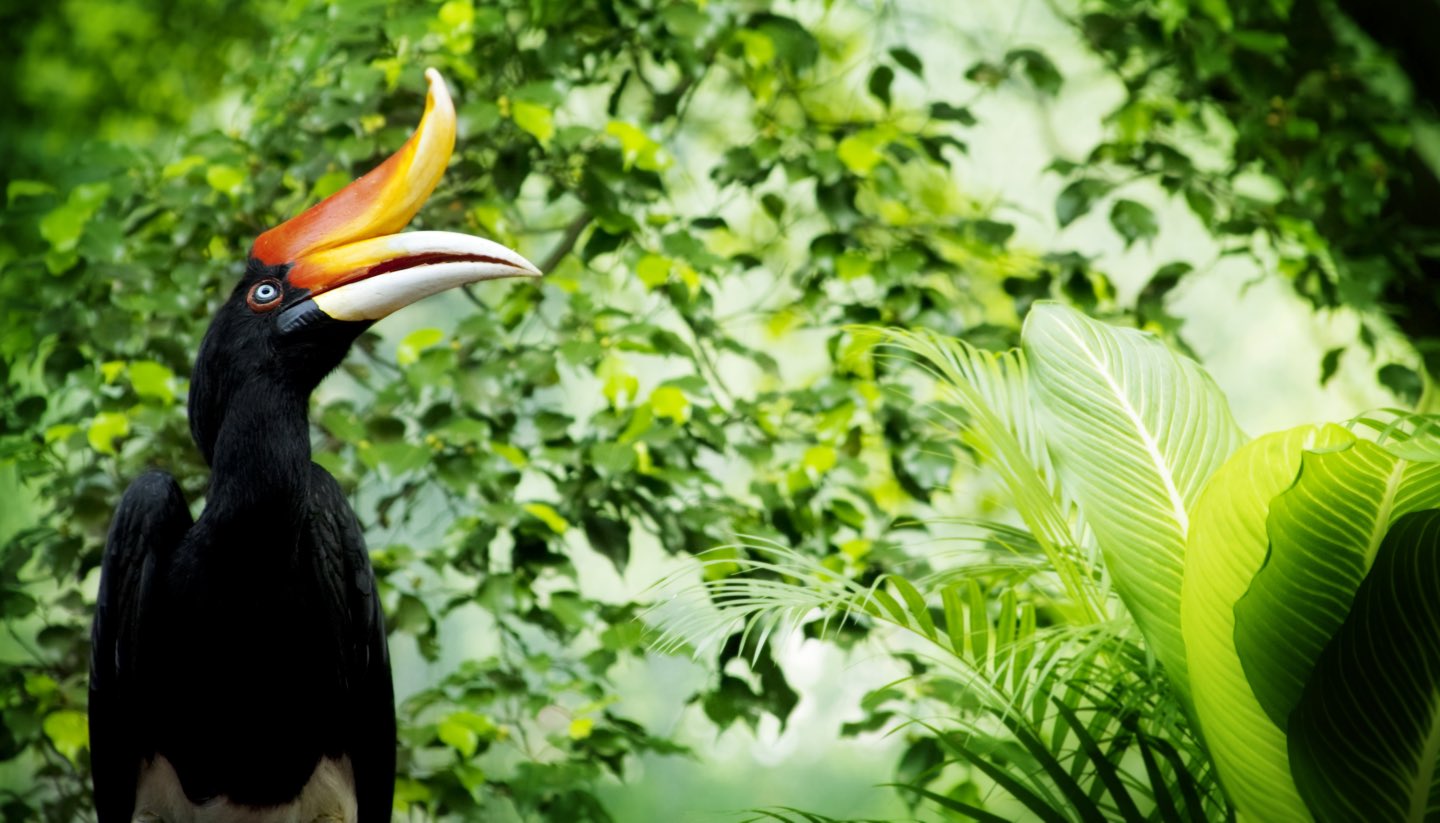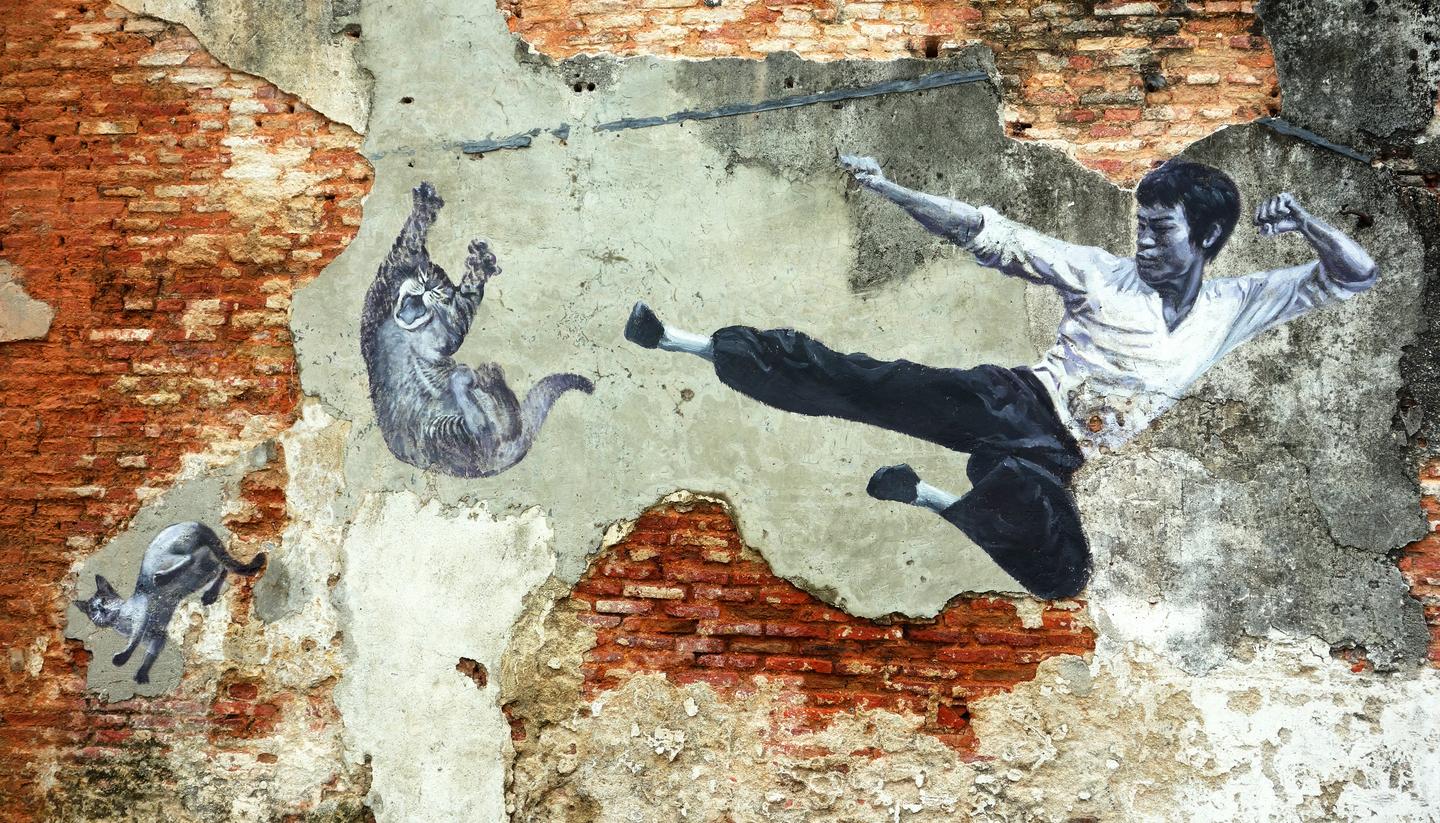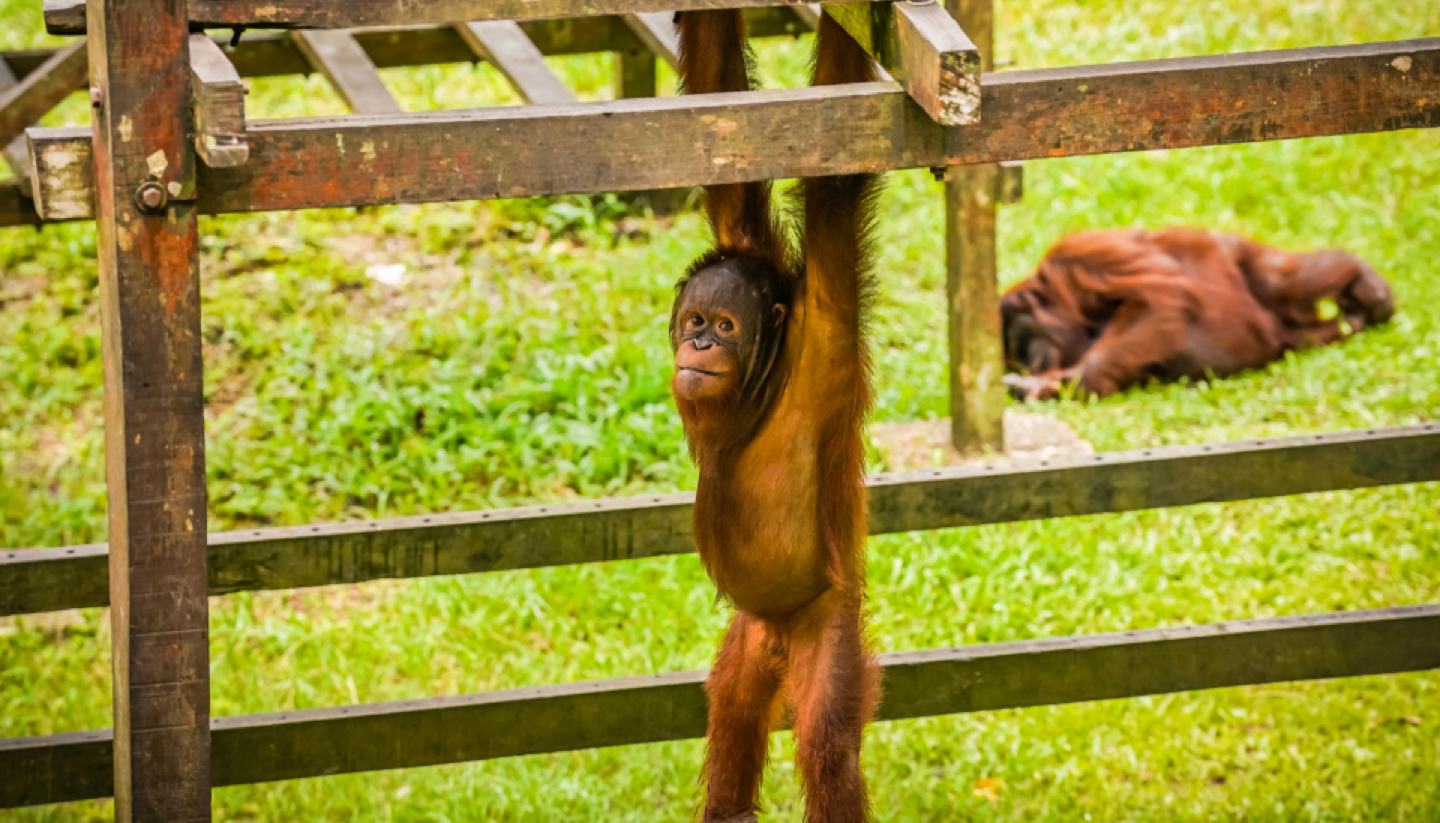Malaysia Food and Drink
Malaysia's food scene is a reflection of its multicultural heritage, blending Malay, Chinese, Indian, and indigenous influences to create a vibrant culinary landscape. Rice and noodles are a major part of the cuisine, served with a variety of spicy, sweet, and savoury accompaniments. Eating out is a social affair, and the variety of options ensures there's always something to suit every palate.
Street food is the heartbeat of Malaysian cuisine, and hawker centres are a must-visit for any foodie. Popular dishes such as char kway teow, nasi lemak, and satay can be found in cities and towns across the country. Night markets add to the experience, offering a chance to try everything from fried snacks to sweet desserts in a lively, open-air setting.
Peranakan food, a unique fusion of Chinese and Malay cooking traditions, holds a special place in Malaysia's culinary identity. The states of Penang and Melaka, with their rich Straits Chinese heritage, are especially renowned for this distinctive cuisine.
Drinks in Malaysia are as varied as its food, with something to quench every thirst. From teh tarik (frothy pulled tea) and kopi (local coffee) to fresh sugarcane juice and tropical fruit shakes, beverages are essential to the dining experience. Alcohol, while available, is less common due to Malaysia's predominantly Muslim population, though Chinese and Indian eateries often serve beer and spirits.
Specialities
Nasi Lemak: Malaysia's beloved national dish. Rice steamed with fragrant coconut milk, served with sambal (spicy chilli paste), crispy dried anchovies, roasted peanuts, and a boiled egg. Optional sides like fried chicken or rendang elevate this humble yet flavourful meal.
Nasi goreng: Malay-style fried rice infused with spices and sweet soy sauce.
Nasi Kandar: A hearty meal of steamed rice served with an array of curries and side dishes. It's a staple for those seeking variety on a single plate.
Char Kway Teow: A famous street food in Penang. Stir-fried thick rice noodles with soy sauce, prawns, cockles, eggs, and Chinese sausage.
Roti canai: A flaky, pan-fried flatbread served with curry sauce. This inexpensive snack is available everywhere and loved for its buttery, crispy texture.
Rendang Daging: A festive dish of slow-cooked beef simmered in a rich blend of lemongrass, coconut milk, and spices.
Laksa: A flavour-packed noodle soup with regional variations. The most famous types include curry laksa, with a rich coconut milk base, and asam laksa, a tangy, tamarind-infused seafood broth.
Rojak: A tangy and spicy salad featuring a mix of fruits and vegetables, such as pineapple and cucumber, tossed with fried tofu, Chinese crullers (youtiao), and a bold shrimp paste dressing.
Ais Kacang: A colourful Malaysian dessert made with shaved ice, sweet syrups, fruits, red beans, grass jelly, sweetcorn, and a drizzle of condensed or evaporated milk. Perfect for cooling off in the tropical heat.
Teh Tarik: Malaysia's signature 'pulled tea', made with strong tea, sweetened condensed milk, and a theatrical pouring technique that aerates the drink, giving it a frothy, creamy finish.
Things to know
Chopsticks are customary in Chinese restaurants, while Indian and Malay food is traditionally eaten with the fingers. However, western cutlery is generally provided, making it easy for visitors to enjoy Malaysia's diverse culinary offerings in a way that feels comfortable to them.
Tipping
Tipping is very rare at hawker stalls and small establishments, while in restaurants, a service charge is often included in the bill, making additional tipping unnecessary.
Drinking age
21 years old (non-Muslim).




